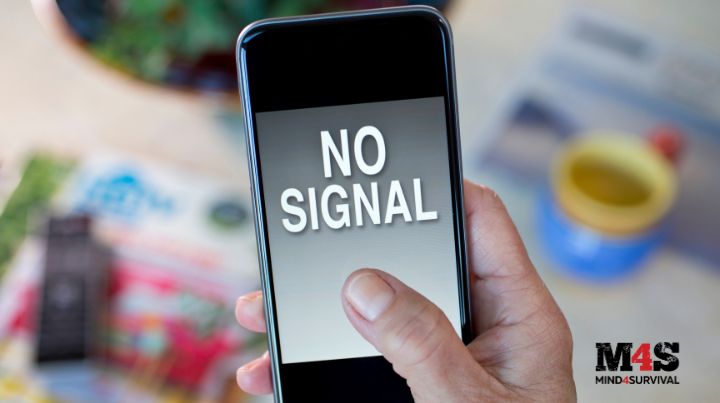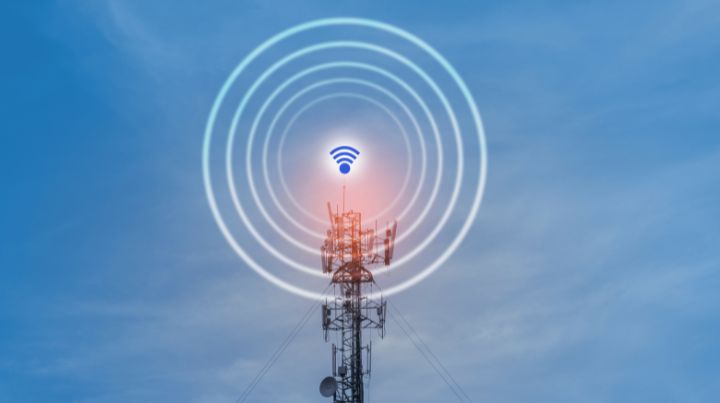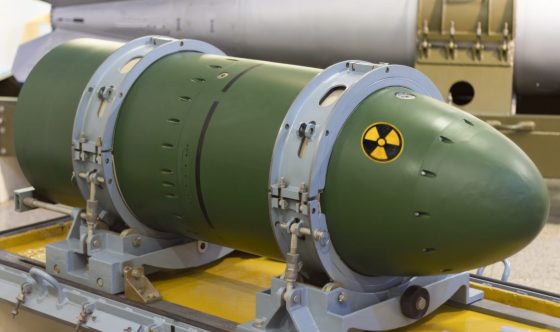Prepper Lessons From the Recent Phone Outages

Tens of thousands of mobile phone customers lost service Thursday morning. The phone outage affected primarily customers in the eastern half of the country, including Houston, Dallas, Atlanta, San Antonio, Indianapolis, and Louisville, though customers in San Francisco had problems dialing 911 in roughly the same timeframe.
Some news stations speculated that solar flares caused the communications outages. How realistic is this?
Can Solar Weather Disrupt Electronics?
This website published an article about the Carrington Event a couple of years ago. In 1859, a coronal mass ejection (CME) from the sun caused telegraph stations to catch fire around the world. Solar events of this magnitude occur on average once every 500 years, but smaller events have happened since then. It’s estimated that storms roughly half the size of the Carrington Event happen once every 50 years.
According to NASA, solar flares and CMEs are two types of solar events that may occur at the same time, but they are not the same thing. Solar flares occur when the sun releases bursts of energy in the forms of X-rays and visible light. They travel in all directions. CMEs consist of giant clouds of particles hurled into space. These are often directional, and NASA has a nice video here showing the difference.
CMEs typically take one to three days to reach the Earth. Solar flares travel at the speed of light, so they arrive in about eight minutes.
Solar Flares
During a solar flare, energy waves travel through the solar system. These energy waves can interact with our ionosphere (the part of our atmosphere with a relatively high number of charged particles) and create radio waves. Those radio waves, then, can damage electronic devices by ionizing the electrical components in satellites, rendering them unusable.
While solar flares can damage satellites and cause dangerous levels of radiation for astronauts, the Earth’s magnetic field typically blocks most effects from the Earth’s surface.
CMEs
CMEs are another story. The currents sent through Earth’s atmosphere would be strong enough to damage many electrical components, leading to widespread power outages. High-frequency methods of communication, such as shortwave radio, would be disrupted. Satellites would likely be damaged, leading to a loss of ability to communicate through phone, internet, and TV. GPS would become unusable.
What About an EMP?
An electromagnetic pulse (EMP) is a burst of electromagnetic energy that can damage electric systems. They can occur naturally, as one of the effects of a CME, or they can be induced. In 1962, American nuclear testing affected the electric grid in Hawaii, 900 miles away from the test site. The EMP that resulted after the detonation of a 1.4 megaton thermonuclear bomb triggered burglar alarms, opened circuit breakers, and knocked out over 300 street lights in Honolulu.
This was a total accident, but militaries around the world took note. Within the past month, there have been reports that Russia has been working on a space weapon that could hit the US with an EMP. Naturally, panic ensued in Washington, though so far, scant evidence has emerged about what exactly the Russians are doing.
What’s the Evidence for This Outage?
Solar flares were detected Wednesday night and early Thursday morning before the outage. However, as British solar astrophysicist Dr. Ryan French pointed out on X, solar flares should only affect the “dayside” of Earth, and the US was not in the correct position at the time.
NOAA also posted a statement that while solar flares could theoretically cause communications disruptions, these particular solar flares were not strong enough to affect anything on Earth.
Within two days of the outage, AT&T announced that they were pretty sure this outage was not a result of a solar event, Russian weapons testing, or a cyberattack but of mistakes made as they attempted to expand their network.
How Can We Prepare?
In 2017, Brian put together a great article here about preparing for an EMP, natural or otherwise. He addresses food and water storage without electricity. He explains why you should keep backup electronic devices in a Faraday cage.
Brian also discusses keeping manual tools. This was something I had never considered before. I happen to have a lot of manual tools anyway, but if you are used to electric can openers, electric drills, electric beaters, and so on, you might want to start thinking about alternatives.
If you already have a generator, you may be wondering if that would be usable after an EMP. While keeping your entire generator in a Faraday cage isn’t practical, you could keep an extra set of electrical components in the cage. This would require some research but may be practical in your situation.
At the industrial level, power companies can take steps to lessen the damage caused by solar events. In 2019, then-President Trump issued an Executive Order on Coordinating National Resilience to Electromagnetic Pulses. Since then, research has been conducted on how power companies can develop transformers that are better able to withstand bursts of energy.
Final Thoughts
So many factors go into how an EMP would affect particular locales, it is really hard to know for certain what would happen. Rock structures below the Earth’s surface may dramatically affect how the electromagnetic energy pulses through a given area. It can feel silly to try and prepare for something you don’t feel like you understand particularly well.
However, though this most recent outage looks more like a general mistake than a solar event or a deliberate attack by a global adversary, we should all absolutely pay attention. Our global networks, whether for food, energy, or communication, are incredibly complex and fragile. If you believe that much of the US is in the process of Thirdworldization, as I do, you need to be aware of ways in which our grid could be affected, even if the science behind it seems vague.
We could assume world peace was possible and that there was no need to consider an enemy EMP strike; it would still be only a matter of time before a solar event occurred that would affect the electrical grid. There are steps you can take now to prepare for this. You can create a pantry of non-perishable food, learn about post-disaster communications, and identify what essential items you should keep in a Faraday cage.
We don’t need to panic about events like this most recent outage, but we should view them as learning opportunities.








